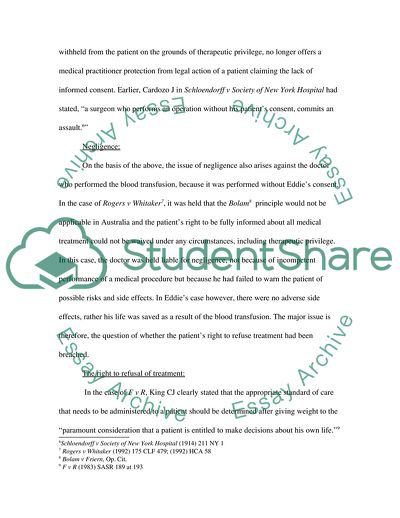Cite this document
(The Patients Right to RefuseTreatment Case Study, n.d.)
The Patients Right to RefuseTreatment Case Study. Retrieved from https://studentshare.org/law/1727526-law-assignment
The Patients Right to RefuseTreatment Case Study. Retrieved from https://studentshare.org/law/1727526-law-assignment
(The Patients Right to RefuseTreatment Case Study)
The Patients Right to RefuseTreatment Case Study. https://studentshare.org/law/1727526-law-assignment.
The Patients Right to RefuseTreatment Case Study. https://studentshare.org/law/1727526-law-assignment.
“The Patients Right to RefuseTreatment Case Study”. https://studentshare.org/law/1727526-law-assignment.


